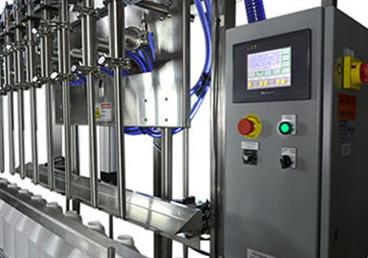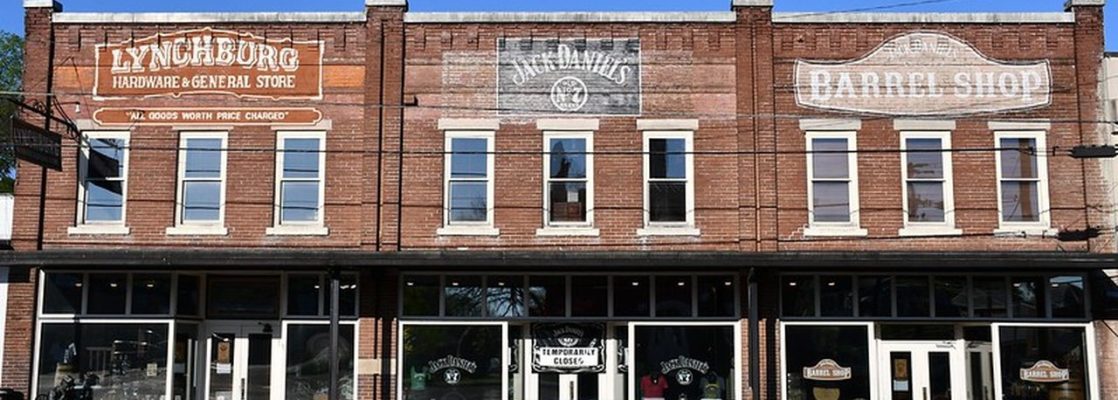There are a great number of factors that may be taken into account when choosing the correct filling machine for a packaging system. Production rates may have an effect on the automation level of the machine. The amount of available space may force a packager to consider a tabletop or monoblock filler rather than an inline filling machine. But when it comes to the filling principle to be used for any given project, the viscosity of the products being filled will normally be the most important factor to consider.
Viscosity is defined as the state or quality of being viscous, which, admittedly, is not very helpful. It may also be defined as a liquid’s resistance to flow, which clears things up a bit. In general packaging terms, viscosity can be thought of as the thickness of any given product as well as the ability of that product to flow freely. The less viscous the product, the more likely it is to be a thin, free-flowing liquid, such as water. The more viscous a product, the more likely it is to be a thick product that does not pour, or flow, freely, such as paste or putty.
There are two types of detergent filling machine that will normally work well for low viscosity products, or those found at the top of the above chart. The first is known as an overflow filling machine. These liquid fillers use special nozzles that allow for a level fill on each and every bottle, even if the interior volume of each and every bottle varies slightly. The nozzles of an overflow filler will descend into the bottle and release product as a seal is created over the bottle opening. Once the product reaches a certain level in the bottle, the liquid “overflows” through a return port back to the supply tank, leaving the consistent, level fill in each container. As you might expect, overflow fillers are popular with water and other free-flowing products that are packaged in clear containers. The level fill helps create an aesthetically pleasing shelf presence for bottles and other containers when the product is visible.
The second type of filling machine that may commonly be found in a facility packaging low viscosity products is the gravity filler. These filling machines load product into bottles and containers using a time based system. In general, a gravity filler will include a tank held above the fill heads to supply the product. Once containers are in place under the fill heads, fill valves will be opened for a pre-set amount of time, allowing product to flow into the bottles. Once the time elapses, the valves close and the product supply is cut off. These economical filling machines use, as the name applies, gravity to assist in the filling process.
As products become more viscous, these two filling principles become harder to apply. Free-flowing products are necessary to efficiently and consistently fill bottles using the overflow filler and gravity filler. A slower moving product requires a little extra push to move it through the product pathway and into the bottles. In most cases, there also exist two filling principles for high viscosity products, or those seen at the bottom of the above chart. The first type of filling machine used for thick products is a pump filler. These liquid fillers will use a single pump for each fill head found on the machine. The type of pump used will depend on the specific product characteristics and the production requirements of the particular project. Pump filling machines may be time based, meaning the pump will turn on and off for a pre-set amount of time each cycle. In the alternative, these fillers may be pulse based, meaning that the pump will rotate or turn the same each cycle. For example, if a gear pump is used on the filling machine, each pulse may be a quarter turn of the gear.
The second alternative for thicker, high viscosity products is a piston filling machine. These machines provide highly accurate volumetric fills through the use of a piston and cylinder. As the piston pulls out of the cylinder, product will enter and fill the cylinder. Once full, the piston re-enters the cylinder, pushing the product out into the waiting bottles. The accurate fill stems from the fact that the cylinder will hold the same volume of product each time the piston retracts, thus pushing out the same amount of product during each fill cycle as well. Another advantage of the piston filling machine is that the open cylinder allows the machine to handle products that include particulates or chunks, such as salad dressings, or fruit jams and jellies.
While the general rule above holds true a majority of the time, there will be situations when the different filling principles will be used outside of the norm. For example, a number of larger companies fill more than one product for their consumers. These multiple products may run the gamut from low viscosity to high viscosity. In these cases, a piston or pump filler may be used to fill both thick and thin products. In other cases, where production rates dictate, two separate filling lines may be created for two separate types of products. While viscosity plays a large part in finding the ideal filling principle for any given project, each project will also be unique in its own right and may require custom filling solutions.



